Hurricane Ian hit the Gulf Coast of Florida. A powerful storm has received the 4th category of threat. It is so strong that even NASA astronauts were amazed by its size and strength. According to the National Hurricane Watch Center (NHC), NASA cameras on the International Space Station showed a live image of Hurricane Ian when it reached the coast of Florida on September 28 and came ashore off Cayo Costa.
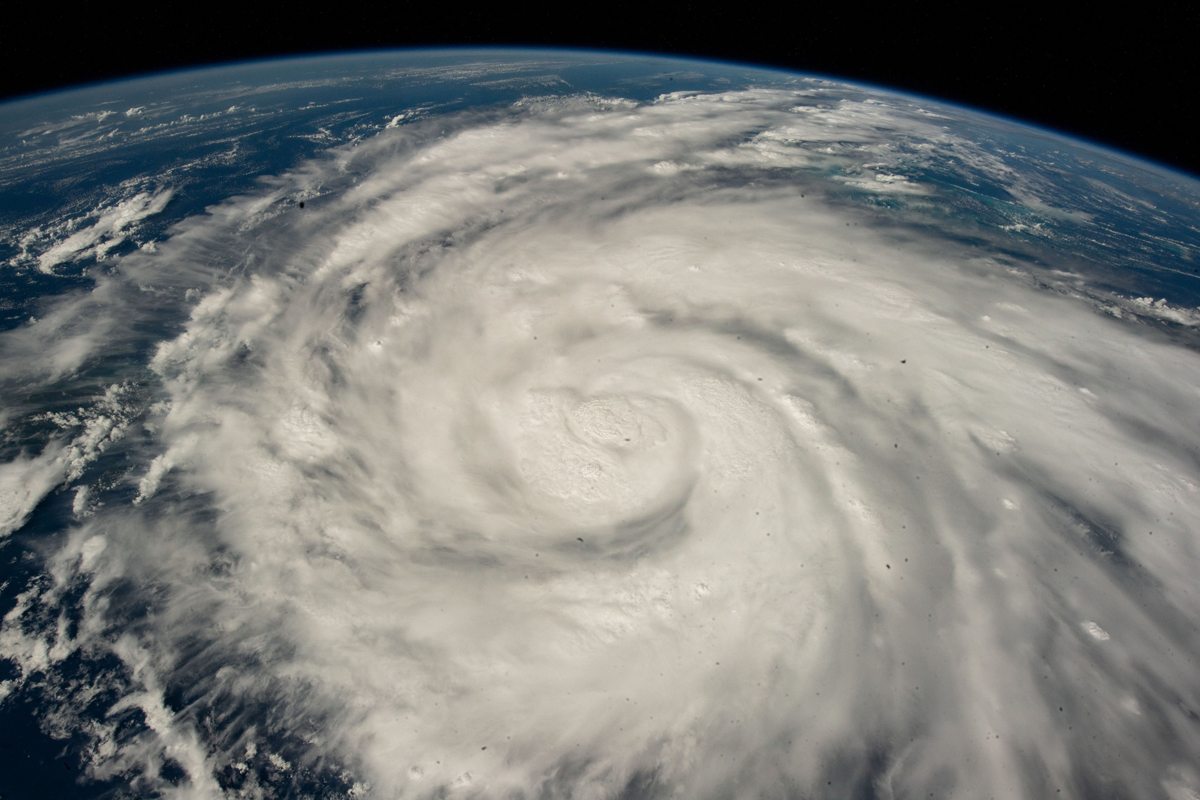
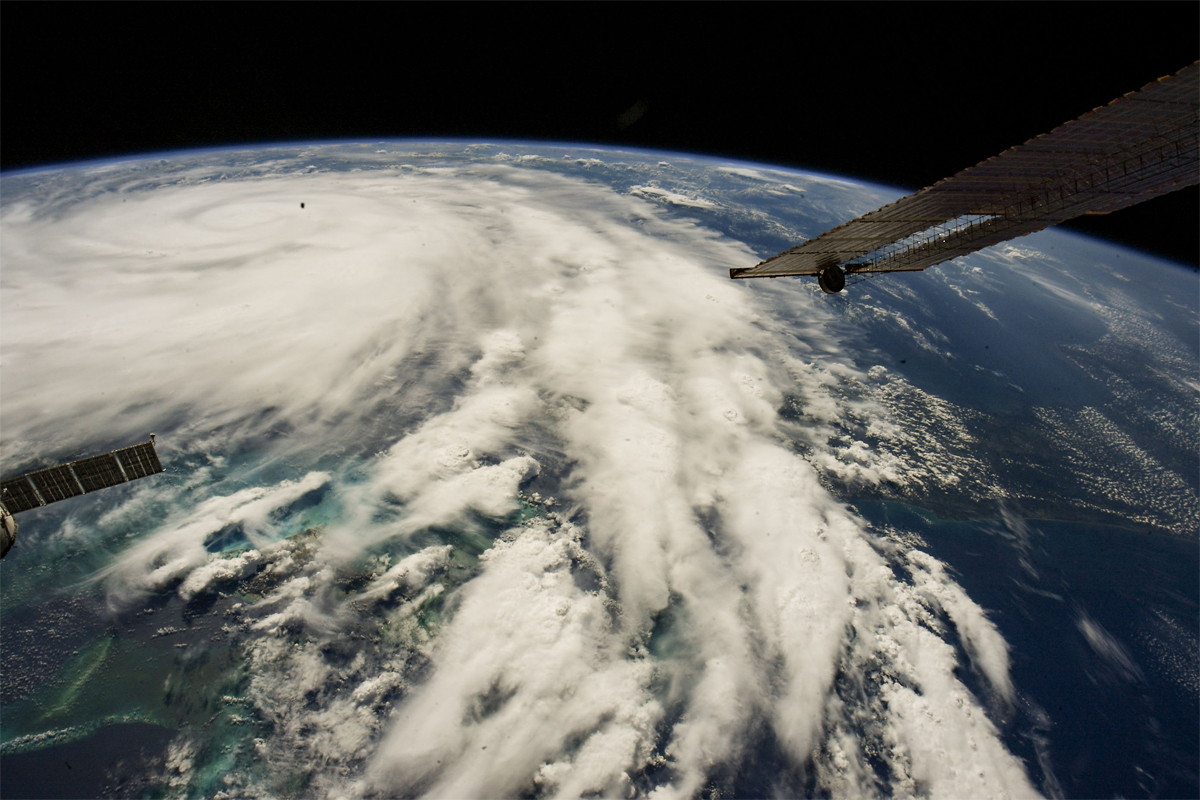
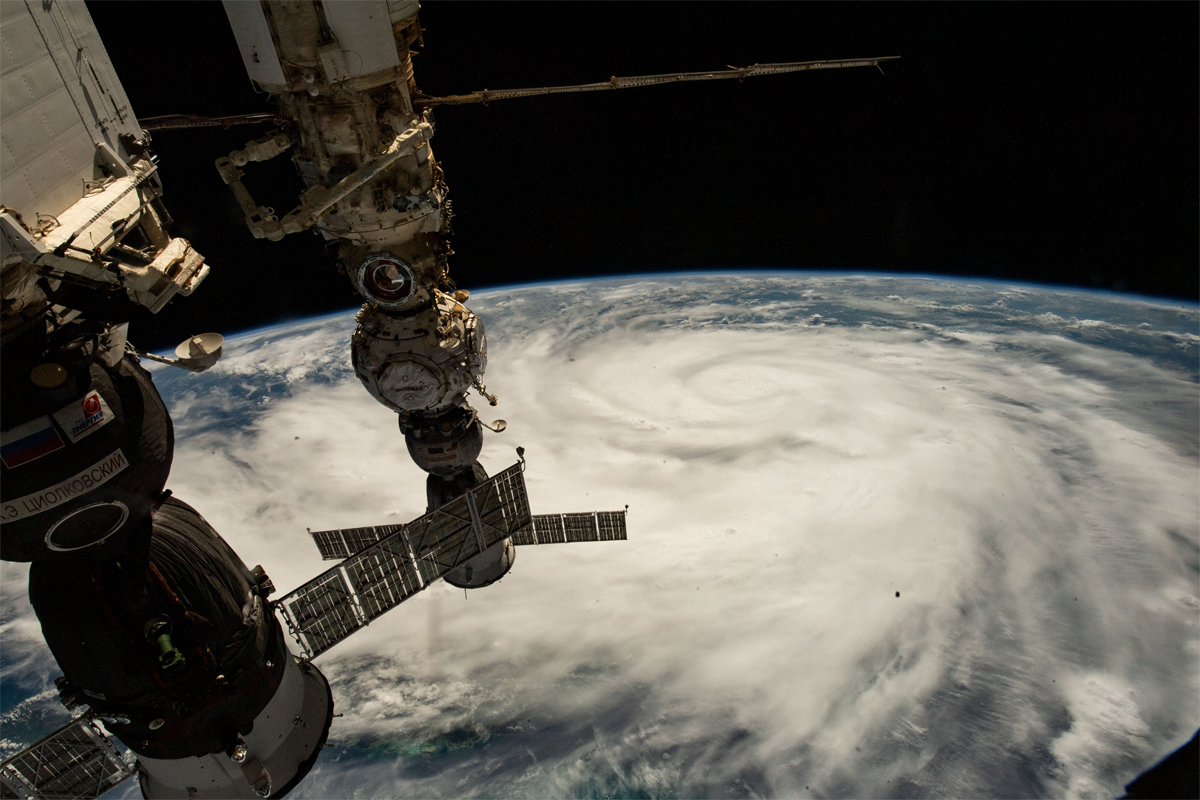
“Extremely dangerous Hurricane Ian struck near Cayo Costa, Florida, with a maximum wind speed of 240 km/year,” NHC representatives wrote.
Live views of #HurricaneIan from the @Space_Station as it flies over the storm. https://t.co/hGjzrBmuyw
— NASA (@NASA) September 26, 2022
The astronauts of the space station were the first to monitor Hurricane Ian. They took stunning photos of the storm on September 26, when the hurricane was still south of Cuba, heading for Florida. NASA then released a live video of the hurricane from the space station. The video broadcast showed a powerful storm from an altitude of about 400 km, when the ISS flew over Florida at a speed of 28,000 km/h.
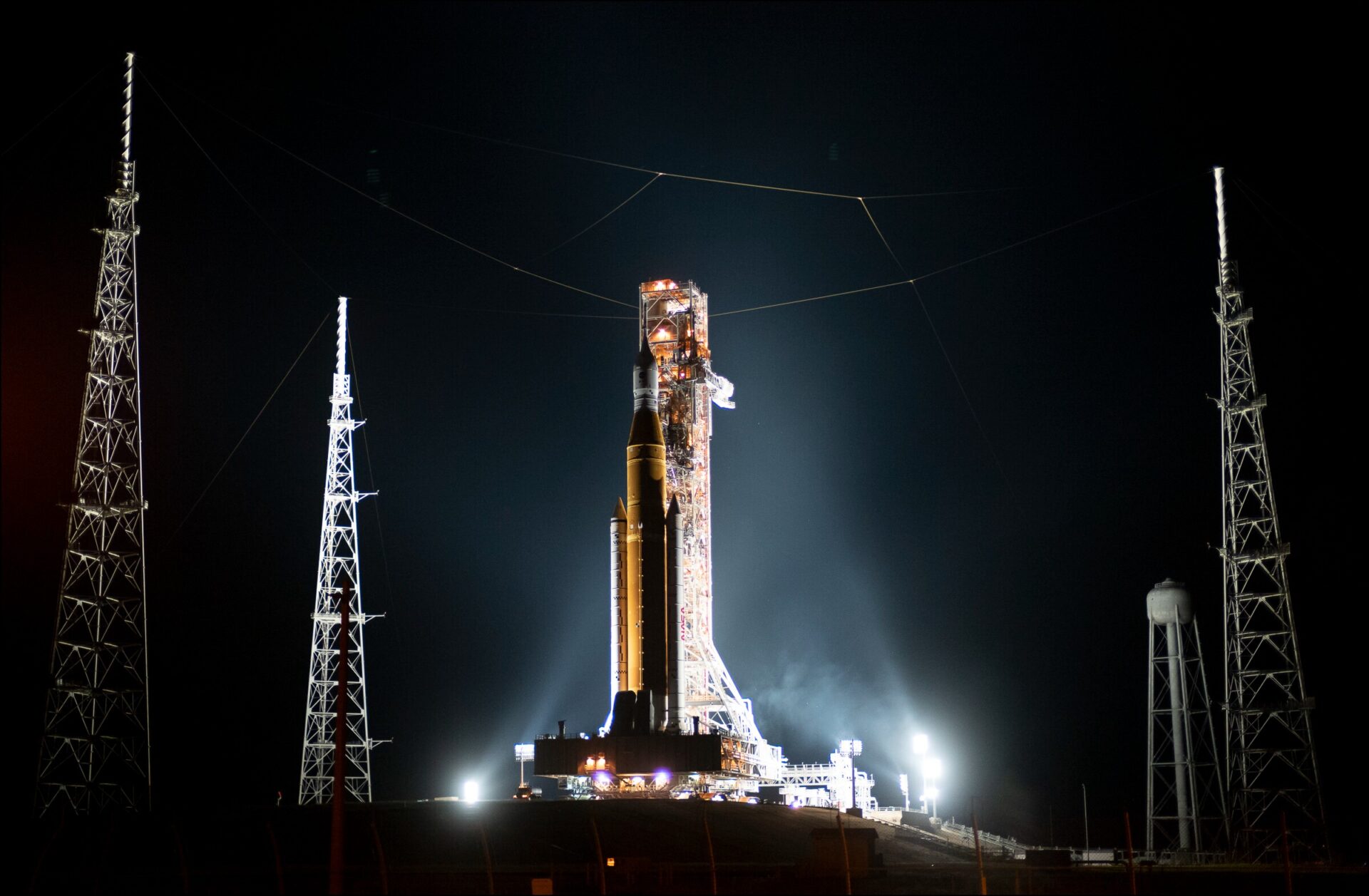
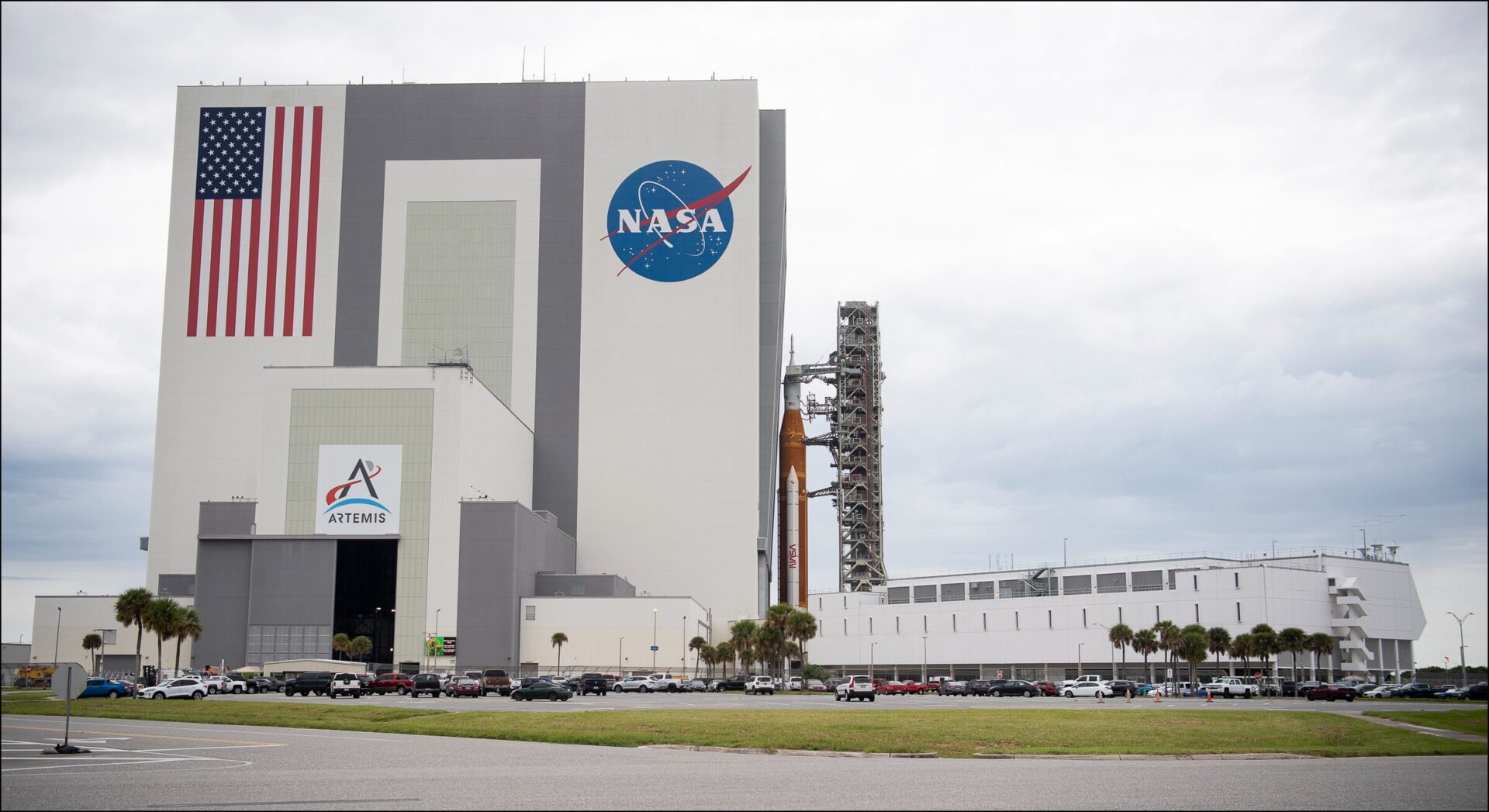
A few days before the collapse of Hurricane Ian, Florida officials ordered the evacuation of residents of coastal areas of the state. Ian also thwarted NASA’s plans to launch its Artemis I mission to the Moon on a powerful Space Launch System (SLS) rocket. To protect the rocket from damage, the agency decided to hide the 98-meter-high SLS in the Kennedy Space Center hangar at Cape Canaveral until the hurricane subsides.
Because of Ian, NASA and SpaceX also postponed the launch of a new crew to the International Space Station on the SpaceX Falcon 9 rocket and the Dragon spacecraft. The Crew-5 mission planned a flight of four astronauts. Now the start will take place no earlier than October 4. Meanwhile, the hurricane is due to reach the Kennedy Space Center on September 29. NASA took measures to ensure that the hurricane did not cause damage to buildings, equipment and workers.
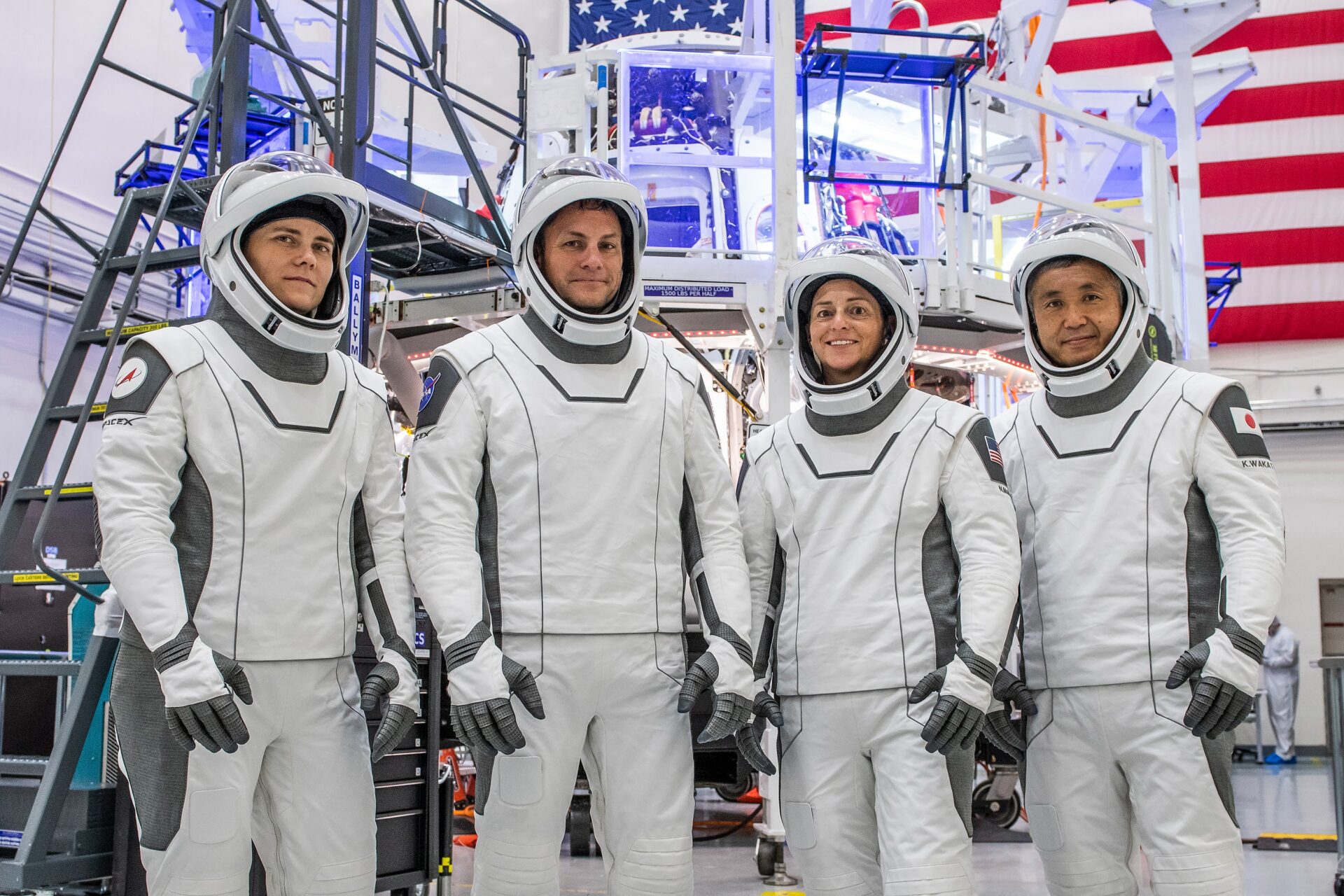
Follow us on Twitter to get the most interesting space news in time
https://twitter.com/ust_magazine
